I would appreciate assistance in identifying a plant that grows in the natural areas of my yard that I leave for wildlife. IÂm stumped--and so are all the county and state Cooperative Extension experts who have looked at it--as to what it might be. I initially thought it was a species of lespedeza and unfortunately didnÂt pay attention to the flowers when it bloomed. Now IÂve decided to bonsai some of the plants to use in miniature gardens for African violet and garden club shows and need to have the identity. At this point, however, the challenge itself of figuring out what the plant is has become an obsession! When the experts have looked at it, they first thought it was lespedeza, too, but after more scrutiny they agreed itÂs not. We havenÂt determined if itÂs even in the Fabaceae (legumeÂpea and bean) family. Here are the plants characteristics:
They are branched subshrubs (under 3 feet/1meter) and produce seed when the plants are between 5 inches (8 cm) and 3 feet (1 meter). Plant width is 2/3 to ¾ the height. They appear to be perennials and have woody stems. They grow on the edge of wooded areas where they tend to reach for sunlight, and a few which are upright grow in open areas that I havenÂt mowed. IÂve also found a few plants growing in my neighborhood and 40 miles away on the edge of woods but not in the woods. I havenÂt found any that have been grazed by deer or rabbits. My property is rural and was farmed over 50 years ago. Not too distant neighbors have cattle and pasture/meadow land, but none in the area is currently farmed.
The trunks are single to clump style with diameters up to ¼" (.5 cm).
The bark is reddish and shaggy.
At first glance, the leaves look like those of sericia lespedeza - http://plants.usda.gov/java/profile?symbol=LECU Lespedeza leaves are trifoliate (three leaflets like clover) and alternate. But leaves of my plant are simple and grow in opposites. The leaves appear to grow right out of the stem without the obvious petioles (leaf stems) of lespedeza. Leaves are up to1" (2.25 cm) in length, and leaf buds, also with opposite leaves, grow from the axil where the leaf attaches. The plants in protected areas have green growth (January in Arkansas) and retain many of their old leaves, but the leaves of the plants in less protected areas have turned reddish and have fallen off since our recent 18 to 19 F (-8 C) nights.
The seed are borne both in leaf axils and at the end of the stems. The seedpods are in bracts, dark brown, 1/8" (.25 cm), and diamond shaped. When the seedpod, which looks like a single seed, is broken 25-50 tiny oblong black seed pour out.
I doubt that the plant is really exotic but that it just hasnÂt brought much attention to itselfÂitÂs neither a notable noxious invasive weed nor does it have any real commercial or horticultural value. I can provide more photos for anyone interested. I sure appreciate any assistance.
Betty in...

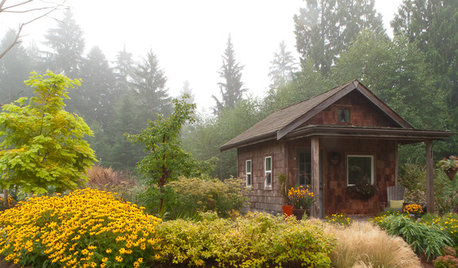
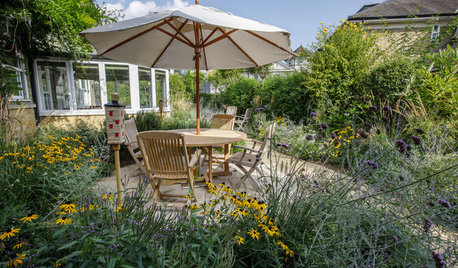
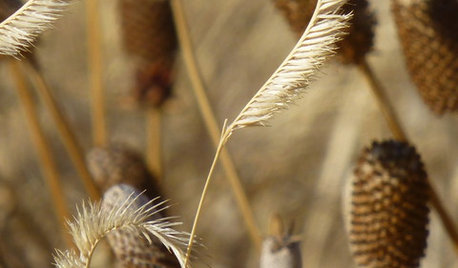
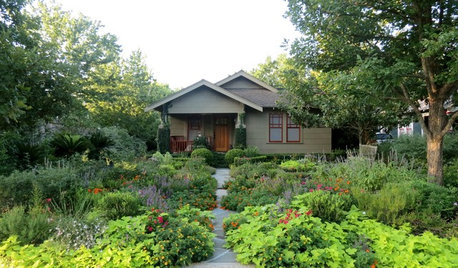

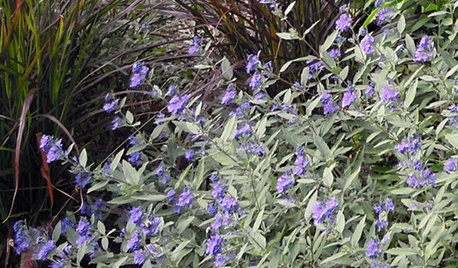
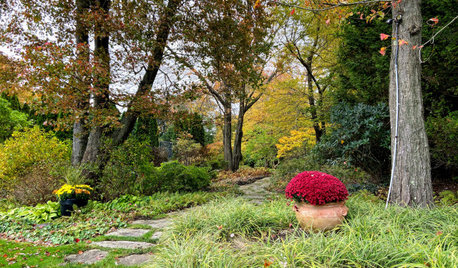






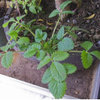
Related Professionals
Panama City Landscape Architects & Landscape Designers · Quincy Landscape Architects & Landscape Designers · Suffern Landscape Architects & Landscape Designers · Edmond Landscape Contractors · Wakefield Landscape Contractors · Arden-Arcade Landscape Contractors · Fuquay-Varina Landscape Contractors · Las Vegas Landscape Contractors · Marlborough Landscape Contractors · New Berlin Landscape Contractors · Paterson Landscape Contractors · Salem Landscape Contractors · Snoqualmie Landscape Contractors · Sugar Hill Landscape Contractors · Wareham Landscape Contractors